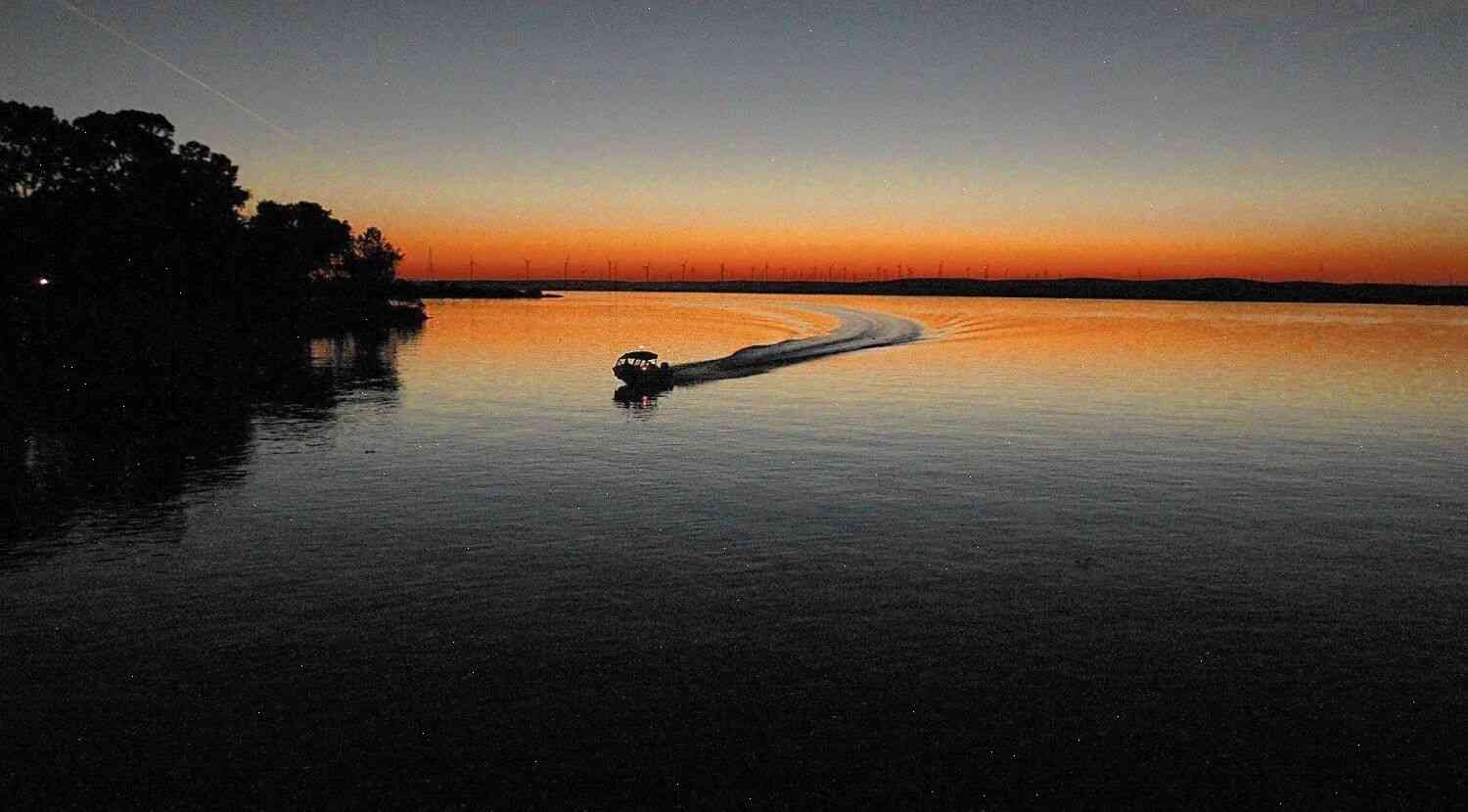Editorial: 50 years later, the Clean Water Act is under assault
By Wade R. Speer
October 17, 2014
The Clean Water Act was the first comprehensive effort to protect our nation’s water resources from pollution. It was signed into law by President Richard Nixon in 1972, and it has gone on to become a key component of the nation’s environmental legislation. The Act mandates certain minimum standards on waste disposal and treatment, and is intended to make it difficult to discharge pollutants before they reach our waterway systems.
The Act created a number of regulatory programs designed to protect small streams, wetlands, and other water sources. In addition, the Act regulates large landfills and other industrial facilities. And it requires polluters to register with the U.S. Environmental Protection Agency and provide information to the agency that they can use when conducting environmental monitoring.
The Act also has helped to bring about legislation in many states regarding water and wastewater treatment, as well as the regulation of landfills. The federal government, following the lead of state environmental agencies, has set the standard for the treatment of wastewater in many states. This allows citizens to be in charge of the treatment of their water, saving municipalities the cost of expensive treatment and having to shut down in times of emergencies.
Yet, over the past 30 years, much work has gone unapproved in terms of the management plans that were required to be developed under the Clean Water Act.
A bill, called the “Water Infrastructure Protection Act,” received a major vote by the U.S. Senate in July of 2013, as part of the 2013 government shutdown. The bill was passed on a party-line vote of 50-49 but received a number of bipartisan amendments from senators. It would have allowed polluters to continue dis

